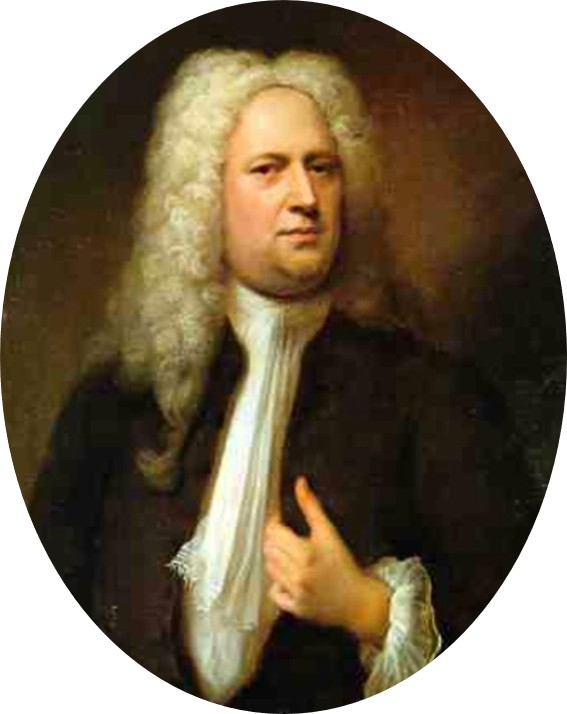When it comes to classical music, the country of Germany boasts an exceptionally rich history. German composers like Bach, Beethoven, and Brahms have been some of the most influential figures in the entire history of art.
But Bach, Beethoven, and Brahms aren’t the only three composers worth listening to. In fact, remarkable German women composers have created breathtaking masterpieces of their own.
In this article, we’re exploring the captivating works and enduring legacies of eight trailblazing German women composers.
Princess Anna Amalia of Prussia (1723-1787)
Flute Sonata in F major by Princess Anna Amalia of Prussia
Before the unification of Germany in the mid-to late-nineteenth century, the region consisted of various kingdoms, grand duchies, duchies, and principalities. For many years, the most powerful of these was the Kingdom of Prussia.
In 1723, King Frederick William I of Prussia and his wife had their twelfth child, a girl named Anna Amalia. The king was a violent alcoholic who would drag his daughter by the hair.
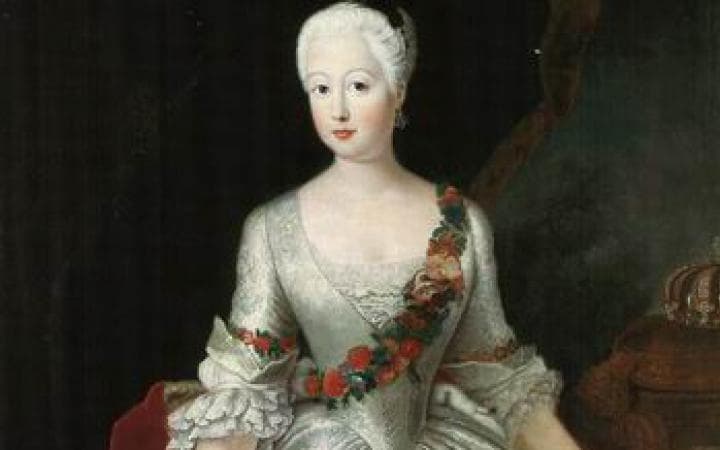
Anna Amalia, Princess of Prussia
She sought refuge in music. Her first teacher was her older brother, the future Frederick the Great. She learned how to play the flute, harpsichord, and violin.
Instead of marrying, Anna Amalia became princess-abbess of the Free Secular Imperial Abbey of Quedlinburg, an arrangement that granted her newfound freedom and wealth. She used that wealth to pursue her love of music, taking composition lessons from a student of Bach’s, writing a lot of chamber music, and collecting a large and impressive music library.
Francesca Lebrun (1756-1791)
Francesca Lebrun – Violin Sonata in D Major, Op. 1, No. 6
Francesca Lebrun was born to a cellist father and a dancer mother in Mannheim. The Mannheim court was internationally famous for its high musical standards.
She made her debut as a singer at the age of sixteen and joined the Mannheim Opera at seventeen. In 1777, she traveled to London and performed there.
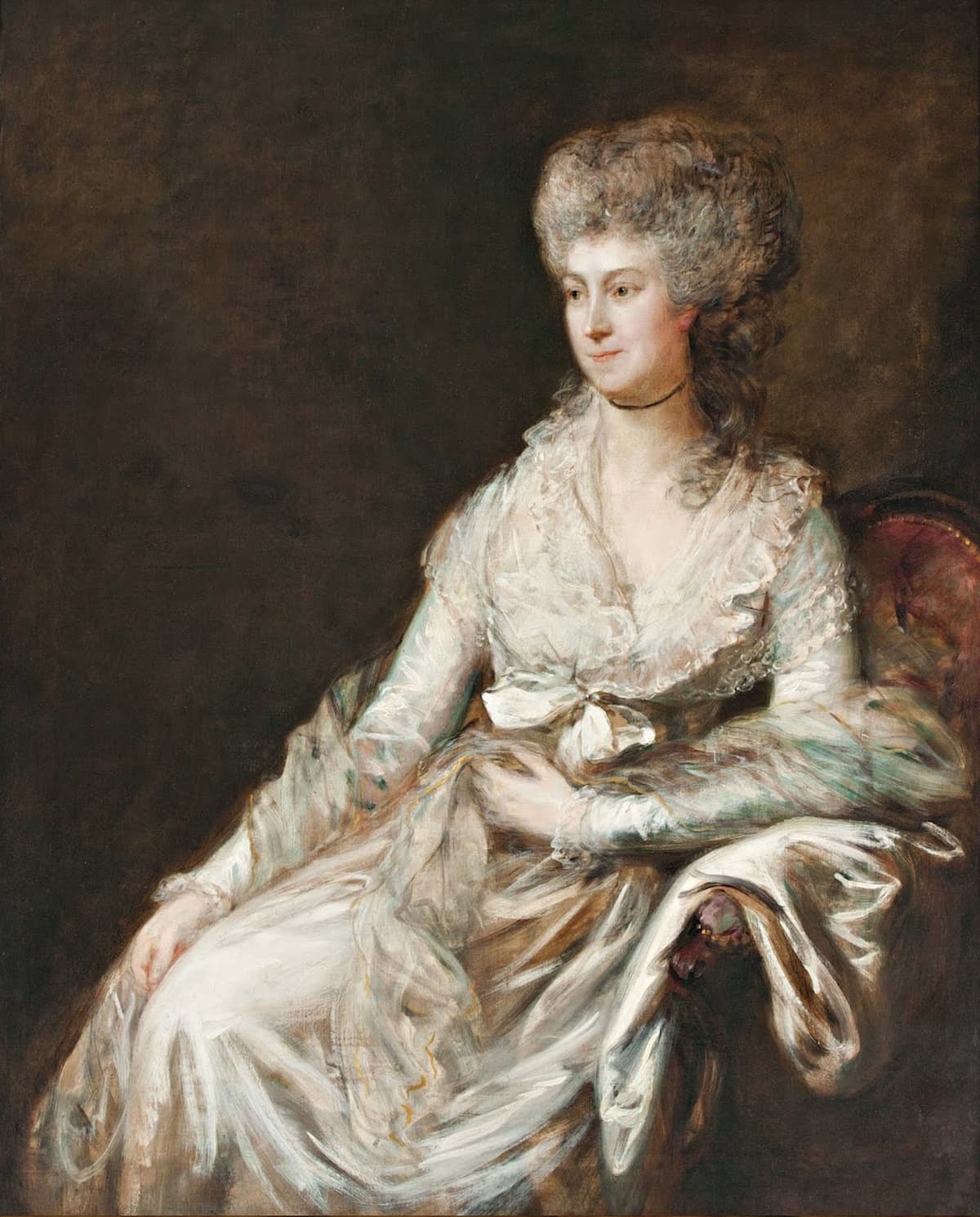
Francesca Lebrun
The following year, she married an oboist from the court orchestra named Ludwig August Lebrun, and the couple toured internationally. They had two musical daughters.
Both Lebruns died tragically young. Ludwig died in 1790 of liver inflammation, and Francesca died five months later.
She left behind twelve sonatas for violin and piano that had been published in 1780 and were great successes.
Fanny Mendelssohn Hensel (1805-1847)
Fanny Mendelssohn – Piano Trio in D Minor, Op. 11
Fanny Mendelssohn was born in 1805 in Hamburg, the oldest child of banker and philanthropist Abraham Mendelssohn and his wife Lea. When she was six years old, the family moved to Berlin.
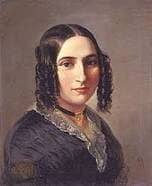
Fanny Mendelssohn
Both Fanny and her younger brother Felix were musical prodigies. By the age of fourteen, she had all of Bach’s Well-Tempered Clavier memorized. Felix followed in her creative footsteps, looking to her for opinions on all of his compositions.
However, despite the fact they were both equally talented, Felix was encouraged to pursue music as a career, while Fanny, as a woman, was told music would be a mere “ornament” for her.
In 1829, she married artist Wilhelm Hensel, who, fortunately, was deeply supportive of her musical pursuits. She had a series of pregnancies, but only one baby survived. At the same time, she continued composing. Over the course of her life, she wrote 450 works!
She died suddenly at the age of forty-one of a stroke. Felix would die of the same cause six months later.
Johanna Kinkel (1810-1858)
Johanna Kinkel was born Maria Johanna Mockel in Bonn in July 1810. She composed her first work, The Birds’ Garden for Five Voices with Piano Accompaniment: A Musical Joke, in 1829 and published it in 1838.
In between, in 1832, she married a music and bookseller named Johann Paul Matthieux. Matthieux proved to be abusive, and the marriage failed almost instantly. However, he refused to grant his estranged wife a divorce, and it didn’t take effect until 1840. During this time, she helped support herself by writing music. Her songs were especially well-received.
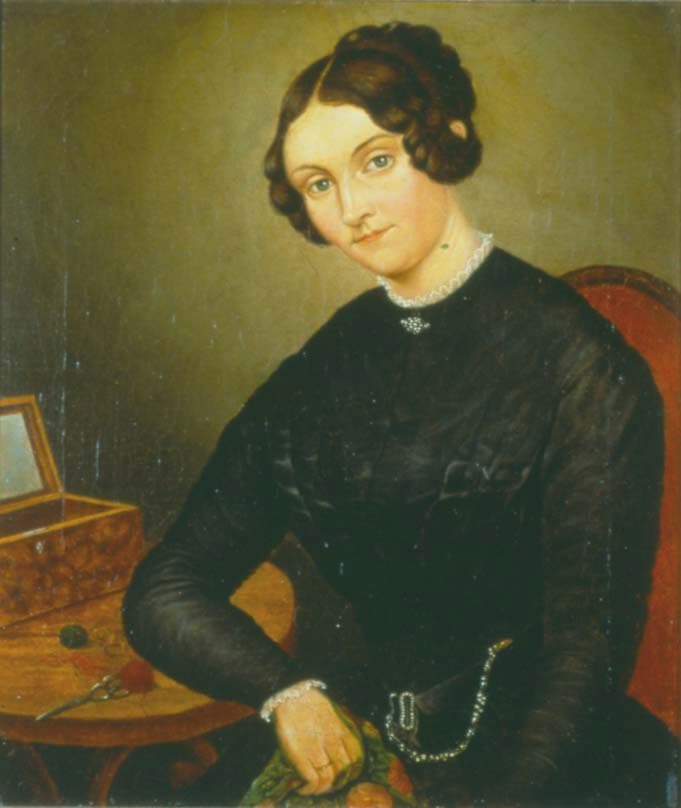
Johanna Kinkel
In 1843, she remarried, this time to a revolutionary writer named Gottfried Kinkel, with whom she had four children over four years.
During this time, while raising her children and taking care of the household, she helped support the family financially by giving music lessons.
After the 1848 revolutions, her husband was imprisoned for his political activism and nearly killed, but he ended up escaping, and the family fled to London in 1850.
She died in 1858 after falling from a window. She dealt with mental health challenges, including depression, and the fall may have been suicide.
Emilie Mayer (1812-1883)
Emilie Mayer – Symphony No. 5 in F Minor (1852)
Emilie Mayer was born to a wealthy pharmacist and his wife in the city of Friedland in northern Germany. She studied music throughout her childhood and young adulthood, but not at a professional level.
Everything changed one day in 1840 when her father died by suicide, leaving his daughter his entire estate.
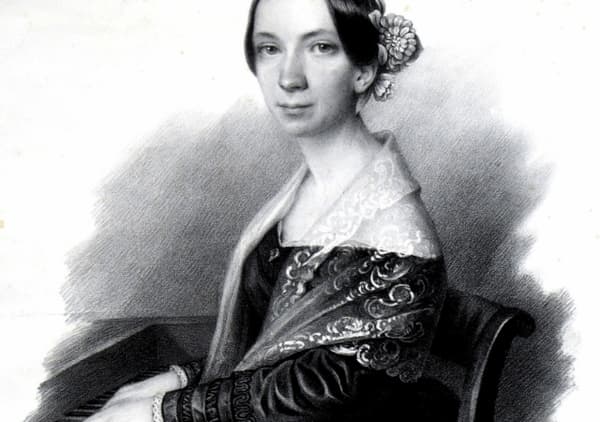
Emilie Mayer
The following year, she moved to what is now the city of Szczecin in Poland and began to study composition formally. She soon composed two symphonies, and her teacher encouraged her to move to Berlin to continue her studies.
In 1850, conductor Wilhelm Wieprecht put on an entire concert devoted to her music. Her career took off, and she began traveling across Europe to see various performances of her work.
She died in the spring of 1883 in Berlin, having composed eight symphonies, fifteen concert overtures, seven string quartets, a piano concerto, and much more.
Clara Wieck Schumann (1819-1896)
Clara Schumann – Piano Sonata in G minor
Clara Wieck was born in 1819 in Leipzig to a controlling, ambitious piano teacher named Friedrich Wieck and his singer-wife. Wieck wanted his daughter to become a great piano virtuoso to advertise his teaching ability. Her studies went according to plan, and she made her debut at the Gewandhaus when she was just nine years old. She also composed.
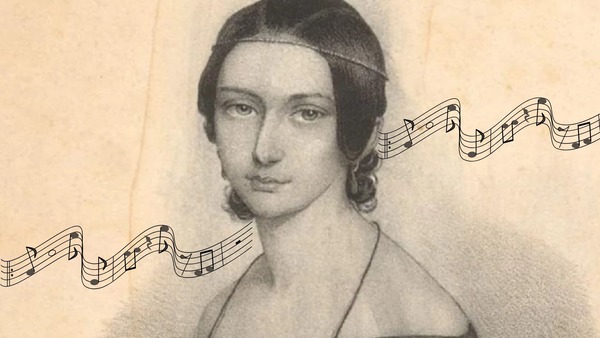
Clara Schumann
That same year, enchanted by her playing, an eighteen-year-old boy came to study with Wieck. His name was Robert Schumann, and years later, after she had become famous across Europe, he proposed to her, incurring Friedrich’s wrath.
Eventually, the two married, despite Friedrich’s protestations. They had eight children. Somehow, Clara balanced motherhood, pregnancy, piano practice, composition, and supporting her husband.
After Robert died in 1856, Clara moved away from composing and concentrated more on piano performance. She became a close confidant and deep inspiration to Johannes Brahms and is remembered today as one of the most famous and influential musicians of the nineteenth century.
Luise Adolpha Le Beau (1850-1927)
Luise Adolpha Le Beau, Cello Sonata in D Major, op.17
Luise Adolpha Le Beau was born in 1850 in the German town of Rastatt, on the present-day border of France and Germany.
Her military officer father retired when she was six. He was an amateur composer himself and decided to focus his energy on teaching his daughter. She began playing piano at the age of five and composed her first piece at eight.
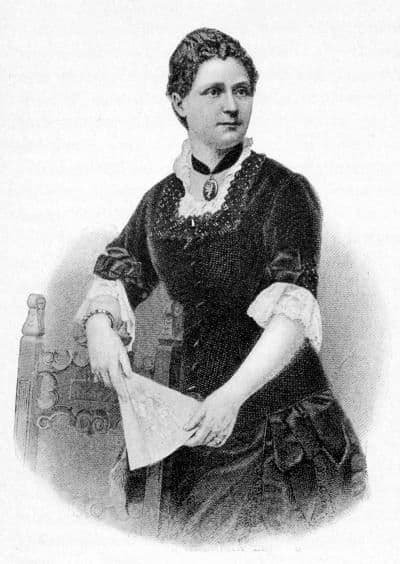
Luise Adolpha Le Beau
In 1868, she made her orchestral debut, playing the fifth Beethoven concerto and the first Mendelssohn concerto. In 1874, she went on a tour of Holland. However, in the end, her health proved too delicate for touring.
The Le Beau family moved to Munich, where she threw herself into composing and studying composition. She wrote a piano concerto, a cello sonata, two violin sonatas, a symphony, two operas, and more.
In 1903, she retired from composition. However, she still stayed creatively active, writing a memoir, concert reviews, and other articles and performing and teaching until her death at the age of 77.
Johanna Senfter (1879-1961)
Johanna Senfter: Symphony No. 4 in B flat Major, Op. 50
Johanna Senfter was born in 1879 in present-day southwestern Germany, the youngest of six siblings.
In 1895, at the age of sixteen, she began studying composition at the prestigious Hoch Conservatory in Frankfurt. In 1908 she began studying with Max Reger in Leipzig. In 1910 she earned the Arthur Nikisch Prize for the best student composition of 1909, kicking off an exceptionally prolific career.
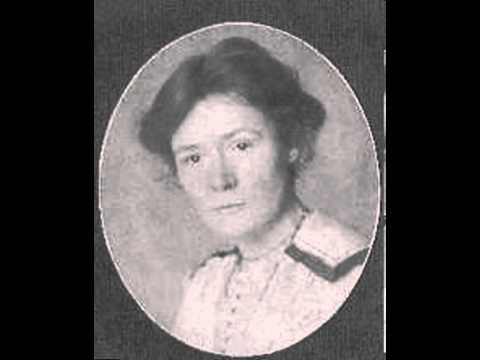
Johanna Senfter
Over the course of her life, she wrote roughly 134 works, including nine symphonies and multiple concertos. Her symphonies call to mind the lush, late-Romantic sound world of composers like Bruckner, Mahler, and Richard Strauss.
For more of the best in classical music, sign up for our E-Newsletter

